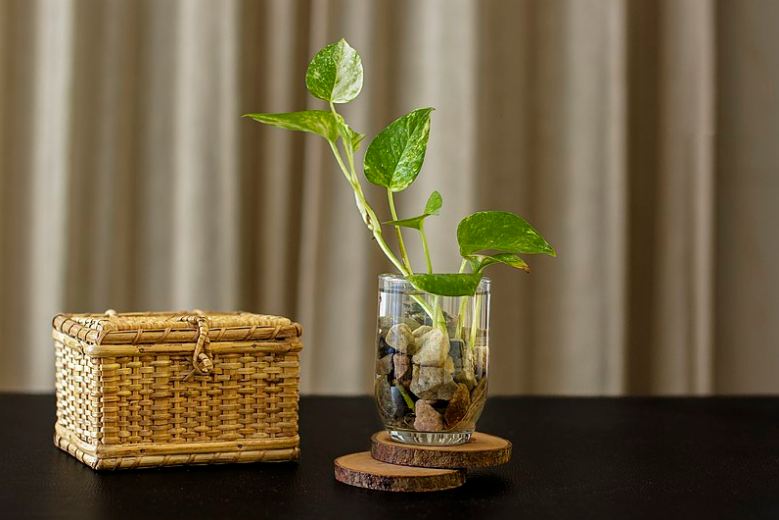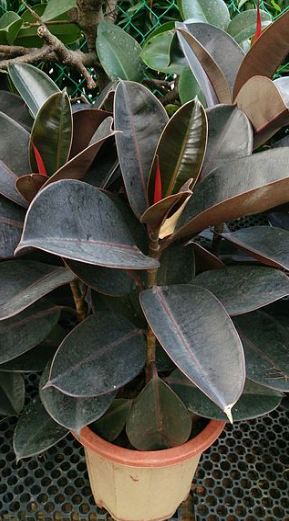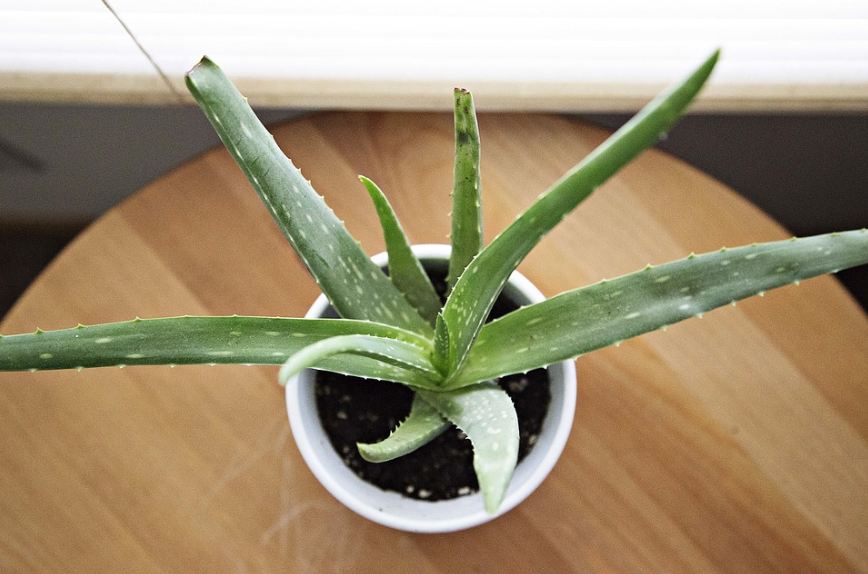Whether you are growing vegetables, herbs, flowers, or fruit-trees, space is always a major consideration when gardening. Not everyone has a wide and spacious in-ground garden or a farm where you have the luxury of space in growing whatever plant you want.
If you only have tight spaces indoor and limited spot for gardening, you have to ensure that you are making use of them wisely and creatively to maximize what is only available at hand.
Indoor gardening has various styles, methods, and reasons. It’s popular with most gardeners due to its practical value, but some beginners are also encouraged to start indoor gardening because of the enjoyment and the therapeutic benefit it offers.
With many professionals shifting to working-from-home office set-up, a relaxing and work-conducive space is very important. So, others use indoor plants to add life to their home and break the visual monotony. Besides the aesthetic appeal, plants are also excellent air purifier and freshener. They not only do as they produce oxygen, but they also absorb contaminants from the air like benzene and formaldehyde, which is backed up by science.
Do not fret if all you have is a tight space for indoor gardening because as long as you have pots, containers, baskets, and hangers, you are always good to go!
Here are some of the best indoor plants you can grow
AIR PURIFYING INDOOR PLANTS
Most Americans spend much time indoors, so clean and fresh air is vital to maintaining good health. You can grow any of these air-purifying plants to help you clean the air in your surroundings inside your home.
English Ivy (Hedera helix)
English Ivy can survive both indoor and outdoor, from full sun to full shade. This perennial vine is an elegant classical choice that is also excellent for removing harmful chemicals found in the home. With proper care, it can survive for several years.
Chinese evergreen (Aglaonema)
Indoors receiving low to medium light are excellent places to grow some Chinese evergreen on pots because they are easy-care plants that maintain the home’s healthy air quality. It typically grows to one or two feet. Note that this plant contains an irritant that can be toxic to pets.
Spider plants (Chlorophytum comosum)
Locate the part of your home that receives bright, indirect light and put your Spider plant. You will not only add life to your place, but you are naturally contributing to remove the air of harmful pollutants like benzene and formaldehyde that might be present in your home. Be careful not to overwater your Spider plants as they dislike soggy soil. Wait for the soil to dry out slightly before the next watering.
Rubber tree (Ficus elastica)
This rubber plant features large, glossy leaves that can take in the carbon dioxide and convert it to oxygen. Provide a well-drained potting soil for this indoor plant, and apply fertilizer when actively growing, and water it regularly.
Pothos (Epipremnum aureum)
Some of its names include golden pothos, money plant, and devil’s ivy. This hardy indoor foliage plant is native to southeastern Asia. It resembles the common philodendron and thus is often confused with it.
In a NASA clean air study, this plant has earned high marks for clearing the air of benzene, formaldehyde, toluene, carbon monoxide, and xylene. This tropical vine thrives in low light. Put them in a hanging basket or containers and let them trail over the edge of a table.
Aloe Vera (Aloe barbadensis miller)
This is a type of succulent that is easy-to-grow as long as you put them on a sunny spot in your home or office. It cleans the air from benzene and formaldehyde given off by paints, cleaners, and other products. Use a similar potting mix with other cactus plants and add perlite or sand to improve drainage. Aloes are good for minor cuts and burns.
HERBS
Besides perennial or annual flowers, you may also grow herbs indoors as you can significantly benefit from them. Here are some best herbs you can grow indoor and enjoy a year-round supply.
Basil
Basil is perhaps one of the most used herbs in the kitchen, used in pesto, pizza, salads, sandwiches, and omelets. This aromatic herb is easy to grow indoors. Pinch off individual leaves and add to salads, sandwiches, and sauce. Basils can be grown from seeds and cuttings. Basil grows healthier when placed under the sunlight. When growing herbs indoors, place them on the windowsill.
Oregano
Oregano is a member of the mint family, and is aromatic and best used in tomato sauce, casseroles, soups, stews, and meat. The dried leaves are more pungent than fresh. It’s time to water your oregano when the surface of the soil is dry. Give the plants moderate to strong light.
Bay laurel
This Mediterranean shrub bears the thick and flavorful leaves that are essential for soups and stews. When the leaves are quite mature, you can pick them and use in cooking or let them dry and store them for future use. When growing bay laurel plant indoors, place them on the bright east- or west-facing window with good air circulation to prevent disease.
Other Herbs that can be grown indoors in Tight Spaces include:
Parsley
Chives
Mint
Thyme
Chervil
Cilantro
Sage




